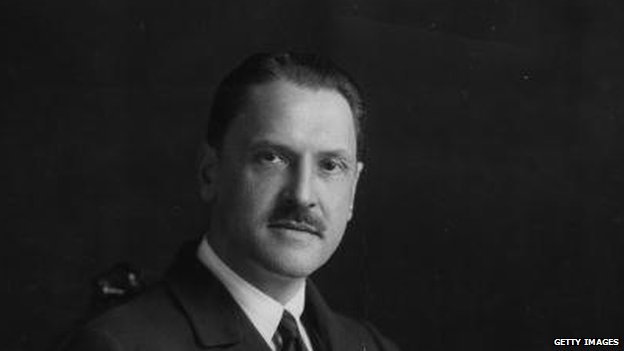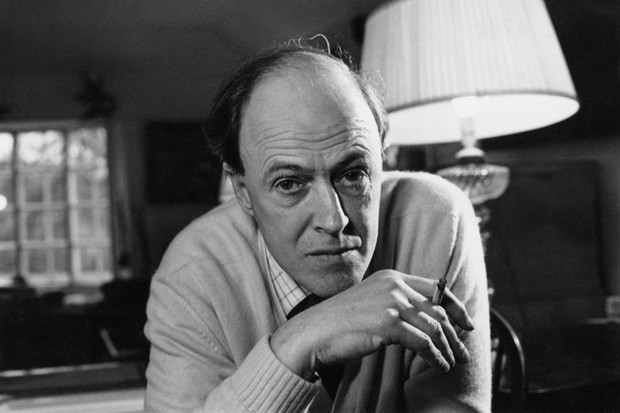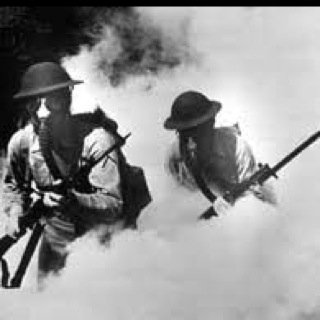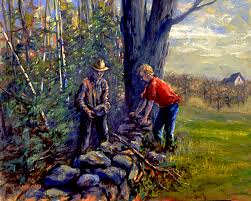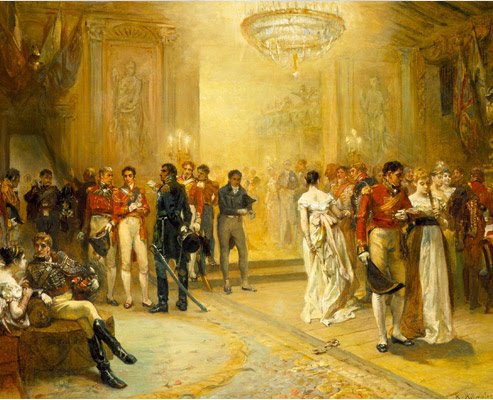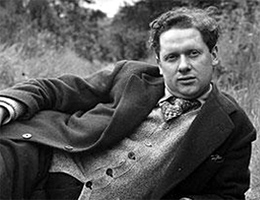About the Poet- Mary Howitt (12 March 1799 – 30 January 1888) was an English poet, and author of the famous poem The Spider and the Fly. On 16 April 1821 she married William Howitt and began a career of joint authorship with him.Their literary productions at first consisted chiefly of poetical and other contributions to annuals and periodicals, of which a selection was published in 1827 under the title of The Desolation of Eyam and other Poems.
William and Mary mixed with many important literary figures of the day including Charles Dickens, Elizabeth Gaskell and Elizabeth Barrett Browning. On moving to Esher in 1837, she commenced writing her well-known tales for children, a long series of books which met with signal success. In 1837 the couple went on a tour of Northern England and stayed with William and Dorothy Wordsworth. Their work was well regarded; in 1839 Queen Victoria gave George Byng a copy of Mary’s book Hymns and Fireside Verses.
About the Poem-
“The Spider and the Fly ” was originally published in 1829. When Lewis Carroll was readying Alice’s Adventures Under Ground for publication, he replaced a parody he had made of a negro minstrel song with the “Lobster Quadrille”, a parody of Mary’s poem. The poem was a Caldecott Honor Book in October 2003.
Summary of The Spider and the Fly by Mary Botham Howitt
Stanza I
“Will you walk into my parlor?” said the spider to the fly;
“’Tis the prettiest little parlor that ever you did spy.
The way into my parlor is up a winding stair,
And I have many pretty things to show when you are there.”
“O no, no,” said the little fly, “to ask me is in vain,
For who goes up your winding stair can ne’er come down again.”
The poem opens with a dialogue between a predator (the spider) and a prey (the fly). In the first stanza, we observe the spider alluring the fly to his ‘parlour’. He tries to entice the fly by saying that he has ‘many pretty things’ to show her inside the parlour. The spider portrays his home as a mysterious place, as the ‘prettiest little parlour’ to trick the little fly into his web. The fly understands that it’s a trap and rejects his invitation by saying that she knows that whoever goes in there, never comes out.
Stanza II
“I’m sure you must be weary, dear, with soaring up so high;
Will you rest upon my little bed?” said the spider to the fly.
“There are pretty curtains drawn around, the sheets are fine and thin,
And if you like to rest awhile, I’ll snugly tuck you in.”
“O no, no,” said the little fly, “for I’ve often heard it said,
They never, never wake again, who sleep upon your bed.”
In this stanza the spider employs a different trick to convince the fly to enter his home. He fakes concern for her by saying that she must be tired and offers her to get some rest on his snug ‘little bed’. He tries to tempt her with a false sense of security as he says that there are ‘pretty curtains drawn around’. He tries to appeal to the fly’s heart by cunningly offering a shoulder to rest. He tries to establish a connection before he gets ready to eat his prey. Thankfully, exhausted or not, the fly is aware of the fact that if she goes in to rest, she might end up sleeping forever. She refuses the spider’s offer and says that she is absolutely aware that whoever goes to sleep on his bed never wakes up. The repetition of the word ‘never’ emphasises on the distrust of the fly for the spider.
Stanza III
Said the cunning spider to the fly, “Dear friend, what shall I do,
To prove the warm affection I’ve always felt for you?
I have within my pantry good store of all that’s nice;
I’m sure you’re very welcome; will you please to take a slice?”
“O no, no,” said the little fly, “kind sir, that cannot be;
I’ve heard what’s in your pantry, and I do not wish to see.”
This time the spider tries to befriend the fly by calling her ‘Dear friend’. He wants to establish a false bond of friendship and affection in order to lure the fly into his home. Again, he tries to persuade the fly to fulfil his wish by offering her good food from his pantry. The fly is, however, determined not to be tricked by the cunning spider. She tactfully refers to the spider as ‘kind sir’ and tells his that she is not interested in seeing what he has to offer her.
Stanza IV
“Sweet creature!” said the spider, “You’re witty and you’re wise!
How handsome are your gauzy wings, how brilliant are your eyes!
I have a little looking-glass upon my parlor shelf,
If you’ll step in one moment, dear, you shall behold yourself.”
“I thank you, gentle sir,” she said, “for what you’re pleased to say,
And bidding you good-morning now, I’ll call another day.”
The spider does not give up. This time he tries to flatter the fly into doing what he wants her
to do. He calls her a ‘Sweet creature’ that is witty and wise. He acknowledges the fly’s
smartness and decides to coax her by repeatedly complimenting her. He also compliments her
appearance – “How handsome are your gauzy wings, how brilliant are your eyes!”. He wants
to show the fly how beautiful she is by offering her a looking-glass to look at herself and
appreciate her own beauty. The point to be noted is that until now the spider had been asking
her to step into his home- “Will you walk into my parlor? Will you rest upon my little
bed? Will you please to take a slice?” But this is the first time he suggests her to do
something- “I have a little looking-glass upon my parlor shelf, If you’ll step in one moment, dear, you shall behold yourself.” Perhaps it affects the fly’s reply. She shifts her tone from a firm “O no, no!” to a soft “I thank you, gentle sir”. This is the first instance where the readers are made to anticipate the fate of the fly. Either the fly is
quite flattered or perhaps, she tries to stall the spider by saying that she will visit him some
other day.
Stanza VI
Alas, alas! how very soon this silly little fly,
Hearing his wily flattering words, came slowly flitting by.
With buzzing wings she hung aloft, then near and nearer drew
Thinking only of her brilliant eyes, and green and purple hue;
Thinking only of her crested head — poor foolish thing! At last,
Up jumped the cunning spider, and fiercely held her fast.
He dragged her up his winding stair, into his dismal den,
Within his little parlor; but she ne’er came out again!
The spider seems even more confident now. The weapon of vanity worked out for him and he finally deceived the fly to succumb to his evil desires. The fly is bewitched by the spider’s flattery and decides to slowly approach the spider’s web. The fly is engrossed in her own beauty and thinks only of her ‘brilliant eyes’ and her ‘crested head’. Taking advantage of this moment, the spider pounces on her and fiercely catches her. The spider quickly drags her up to his winding stair and then to his den and finally to his little parlour. The fly’s words finally hold true for her own self as well as she never comes out of the devious fly’s home.
ase to take a slice?” But this is the first time he suggests her to do something- “I have a little looking-glass upon my parlor shelf, If you’ll step in one moment, dear, you shall behold yourself.” Perhaps it affects the fly’s reply. She shifts her tone from a firm “O no, no!” to a soft “I thank you, gentle sir”. This is the first instance where the readers are made to anticipate the fate of the fly. Either the fly is quite flattered or perhaps, she tries to stall the spider by saying that she will visit him some other day.
Stanza VII
And now, dear little children, who may this story read,
To idle, silly, flattering words, I pray you ne’er give heed;
Unto an evil counselor close heart, and ear, and eye,
And take a lesson from this tale of the Spider and the Fly.
We observe a sudden change in the tone and narration of the poem in the last stanza. The poet carefully transforms the story into a message to the children reading the poem. The poet advises and warns the children not to pay attention to ‘idle, silly and flattering words’. She asks everyone to take a lesson from the story of the spider and the fly and asks them not to commit the same mistake that the fly committed.
Some online learning platforms provide certifications, while others are designed to simply grow your skills in your personal and professional life. Including Masterclass and Coursera, here are our recommendations for the best online learning platforms you can sign up for today.
The 7 Best Online Learning Platforms of 2022
- Best Overall: Coursera
- Best for Niche Topics: Udemy
- Best for Creative Fields: Skillshare
- Best for Celebrity Lessons: MasterClass
- Best for STEM: EdX
- Best for Career Building: Udacity
- Best for Data Learning: Pluralsight
